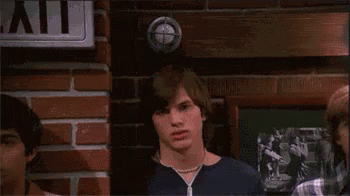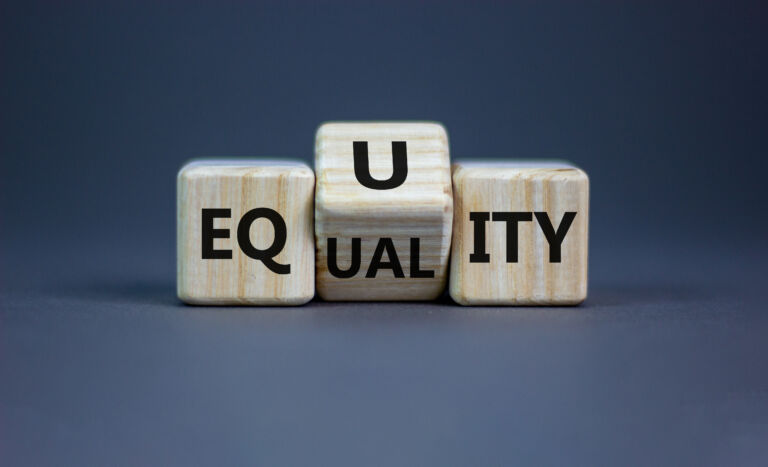One measure of human progress is increasing efficiency in creating light. HumanProgress pointed out recently that over the course of human history, the cost of light has fallen by a factor of 500,000.
 Here are some highlights:
Here are some highlights:
- Early man had to 60 hours gathering and chopping wood to get the (flickering) equivalent of 54 minutes’ light from a light bulb
- For centuries candles were prohibitively expensive, time-consuming to produce, made from animal fat, and yielded a “flickering smelly flame.”
- Later, candles were made from waxy oil from the heads of sperm whales, which made them (believe it or not) cheaper and easier to produce, but still quite expensive: “George Washington calculated that five hours of reading per night cost him £8 yearly — well over $1,000 in today’s dollars.”
- With the advent of the light bulb — there’s a reason we use a light bulb to symbolize a great idea! — by 1900, 60 hours’ work produced 10 days of light (as opposed to nine-tenths of an hour), and it was brighter, steadier, and clean-smelling.
- By the 1920s, 60 hours’ work bought five months of light.
- By 1990, 60 hours’ work was worth 10 years of light.
- Today, 60 hours’ work is worth 52 years of light.
This is just one of many examples of how free enterprise works, and why it is the most effective antipoverty tool known to man.
A by-product of entrepreneurs striving to find new and better ways of doing things, because they can profit from the innovations, is a society where:
- the poor can now have and enjoy the kind of things
- that used to be things only the rich could afford
Which means we are all wealthier.


